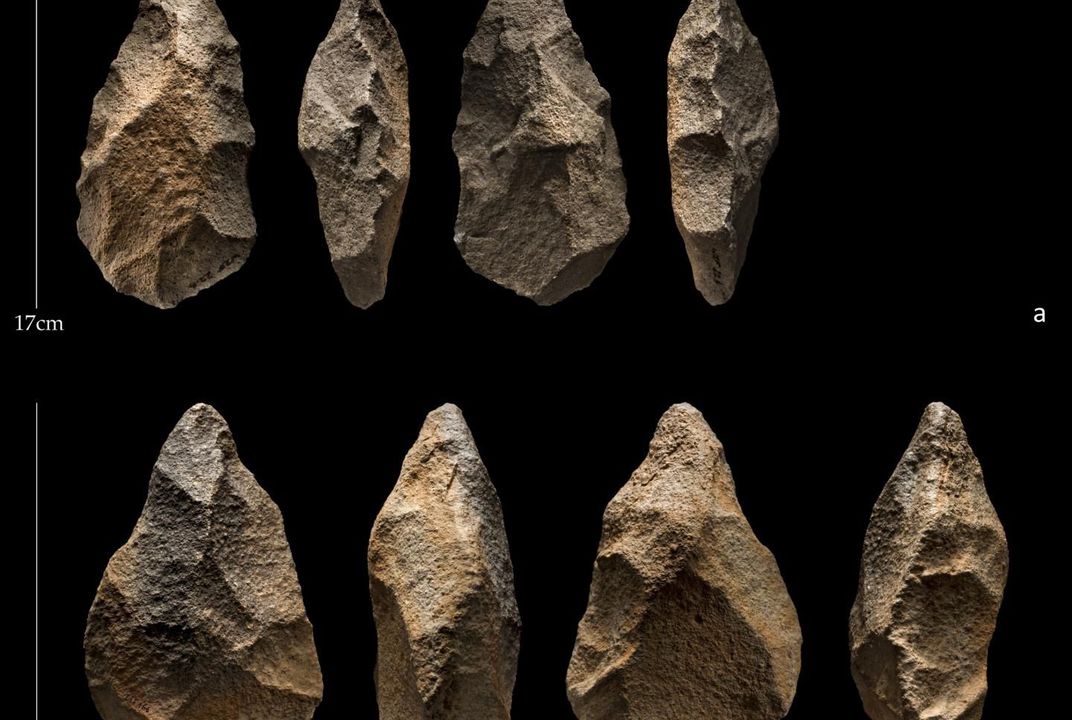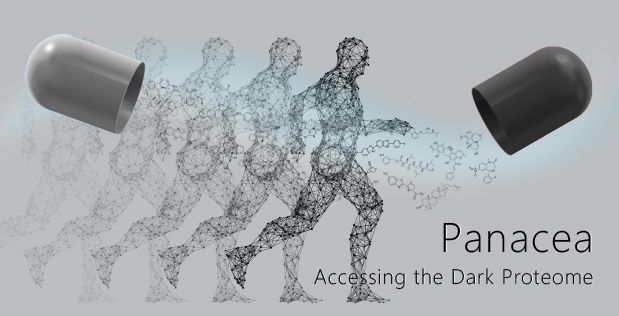Page 8521
Nov 29, 2018
Bezos and Musk Will Both be Trillionaires in the Space Internet Age
Posted by Klaus Baldauf in categories: computing, internet, satellites
There are huge multi-trillion dollar opportunities developing with Space and the further evolution of the internet.
Space launch and space satellites were already a $300 billion per year industry. Cloud Computing is a $200 billion market in 2018. Global Internet services is a $600 billion market. The Global IT market is nearing $5 trillion in size. The global Auto industry is $2 trillion in size. The Global supply chain industry is $40 trillion in size.
Space launch, Internet and communication, Internet of Things, Space mining, Space Colonization will each become future multi-trillion markets. Those that are already trillion dollar markets will become even larger.
Continue reading “Bezos and Musk Will Both be Trillionaires in the Space Internet Age” »
Nov 29, 2018
Would I Want a Designer Baby?
Posted by Steve Hill in categories: bioengineering, biotech/medical, genetics
A couple of days ago, news about the first designer babies has shaken the world. A Chinese researcher, Jiankui He, and his team at the Southern University of Science and Technology of China have been recruiting couples in order to create the world’s first babies with artificially increased resilience to HIV. The embryos were modified using the CRISPR/Cas9 gene editing tool before being implanted in their mother.
According to the research lead, the twins were born healthy a few weeks ago, and genetic testing performed after they were born confirmed that the editing had actually taken place. While the academic community discusses whether it is acceptable or not to modify human genes, taking into account that the changes made will be inherited by these babies’ offspring and are now added to mankind’s genetic pool, I want to share my own views on designer babies.
Nov 29, 2018
Stone Tools at Arabian “Crossroads” Present Mysteries of Ancient Human Migration
Posted by Genevieve Klien in categories: materials, neuroscience
Scerri now knows when people dropped their tools on the barren ridge, but she can only speculate as to just who they were.
“The hominins responsible for the Acheulean at the site made their way into the heart of now arid Arabia by following lake and river channels. Once there, they climbed up the largest dyke, which was also a source of raw material,” she says. The toolmaking site they created there, perched at a lofty vantage point from which they could observe the surrounding plains, hints at how they may have thought and lived. “We don’t know which hominin taxon made these tools, but what we can say is that the hominins were resourceful and intelligent,” adds Scerri, of the Max Planck Institute and the University of Oxford.
Why these hominins took such a route at all is another area of intriguing speculation. “Although Arabia was wetter when these hominins were at Saffaqah, it was still a marginal environment,” Scerri says. “Were they pushed to the margins by larger brained hominins elsewhere, such as Neanderthals or even Homo sapiens in Africa?”
Nov 29, 2018
If Light Can’t Escape Black Holes, How Do We Get Photos of Them… and More Questions From Our Readers
Posted by Genevieve Klien in category: cosmology
Nov 29, 2018
New catalyst material produces abundant cheap hydrogen
Posted by Genevieve Klien in categories: chemistry, energy, engineering, government, sustainability

QUT chemistry researchers have discovered cheaper and more efficient materials for producing hydrogen for the storage of renewable energy that could replace current water-splitting catalysts.
Professor Anthony O’Mullane said the potential for the chemical storage of renewable energy in the form of hydrogen was being investigated around the world.
Continue reading “New catalyst material produces abundant cheap hydrogen” »
Nov 29, 2018
Google is Closer Than Ever to a Quantum Computer Breakthrough
Posted by Genevieve Klien in categories: computing, quantum physics
This is a critical step along the way to functional quantum computers that can achieve problems far beyond the capacity of traditional systems.
Nov 29, 2018
Mercury Pollution Is Way Up. One Huge Culprit? Gold Mines
Posted by Genevieve Klien in category: space
The first big international effort to combat mercury pollution is zeroing in on small gold mines, which account for almost half of annual emissions.
Nov 29, 2018
Male contraceptive gel enters major human testing phase
Posted by Genevieve Klien in category: biotech/medical
A Phase 2 trial into the efficacy of a male contraceptive gel is about to get underway bringing modern medicine closer than it ever has before to finally developing a male birth control drug, decades after the female contraceptive pill hit the market.
Nov 29, 2018
Reinventing Drug Discovery and Development for Military Needs
Posted by Klaus Baldauf in categories: biotech/medical, military
Flying at 50,000 feet, diving deep in the ocean, or hiking for miles with gear through extreme climates, military service members face conditions that place unique burdens on their individual physiology. The potential exists to develop pharmacological interventions to help service members complete their toughest missions more safely and efficiently, and then recover more quickly and without adverse effects, but those interventions must work on complex physiological systems in the human body. They will not be realized under the prevailing system of drug discovery and development with its focus on engaging single molecular targets. DARPA created the Panacea program to pursue the means of rapidly discovering, designing, and validating new, multi-target drugs that work with the body’s complexity to better support the physiological resilience and recovery of military service members.
The premise of Panacea is that the physiological systems of the human body work in complex and highly integrated ways. Drugs exert effects on our bodies by physically interacting with and changing the functional state of biomolecules that govern the functions of cells and tissues. Most drugs target proteins, which are the principle cellular workhorses. Ideally, drugs would target multiple proteins simultaneously to exert precise, network-level effects.
One major problem facing the drug development community is that the functional proteome — the complete collection of proteins and their roles in signaling networks — is largely dark to science. Despite being able to identify many of the proteins within a cell, researchers do not have a firm grasp on everything those proteins do and how they interact to affect physiology.

















